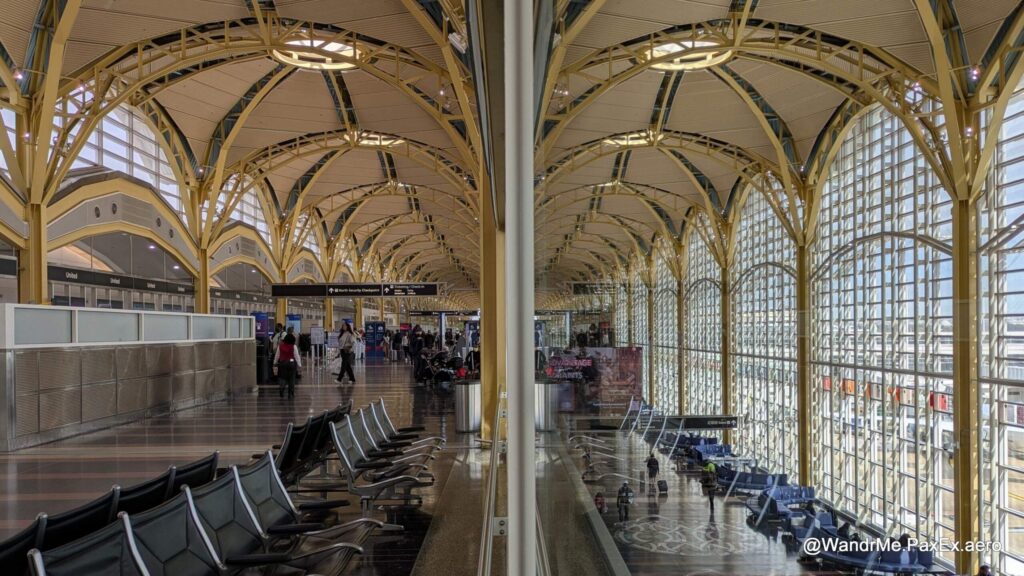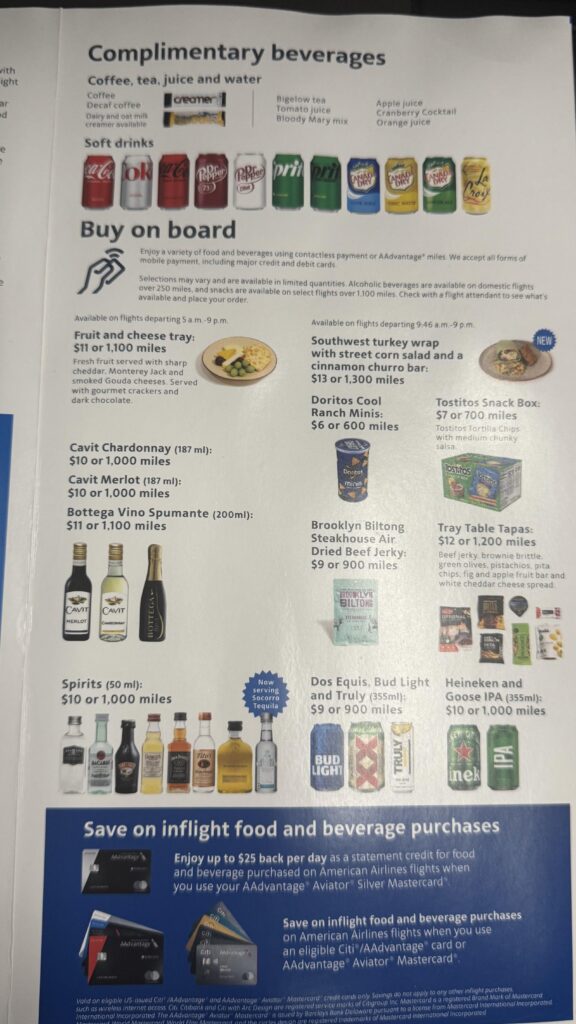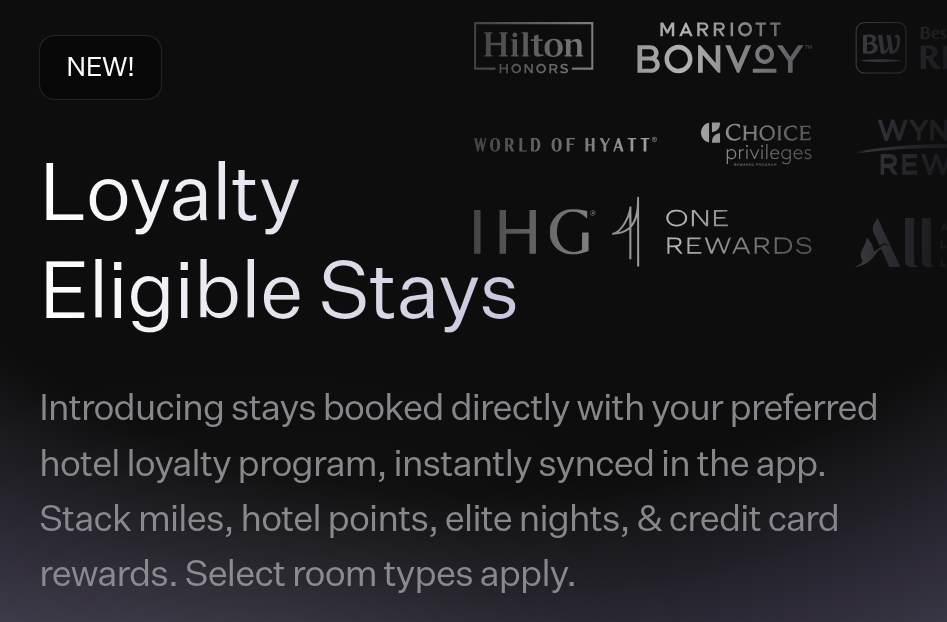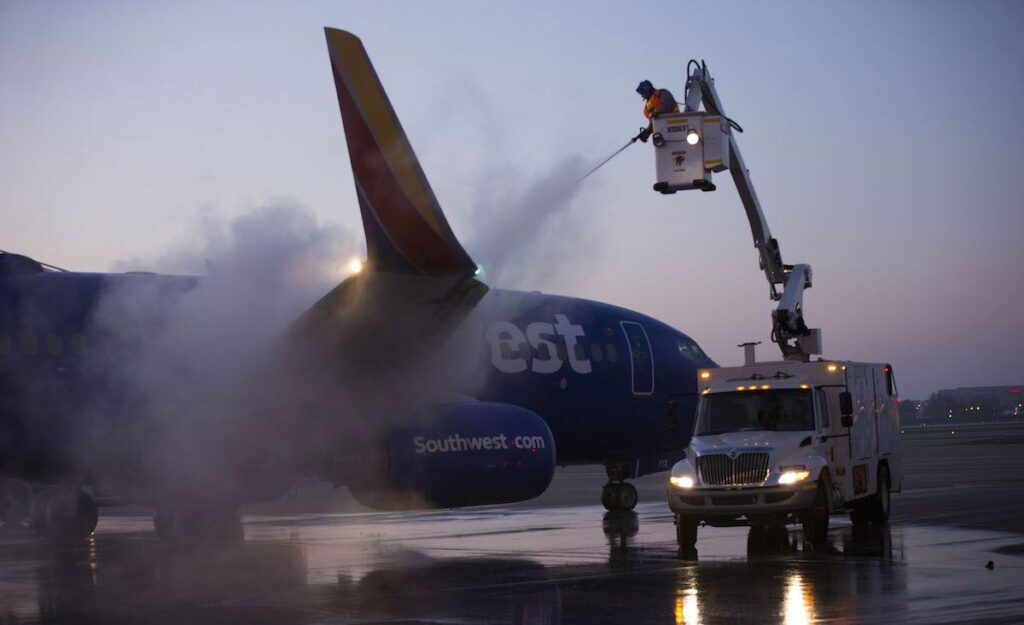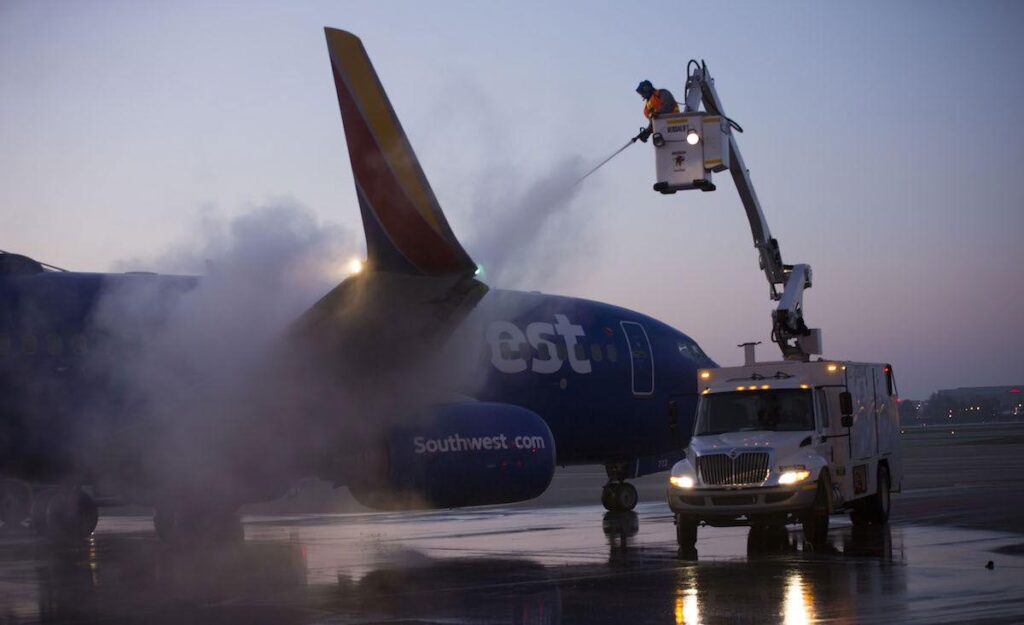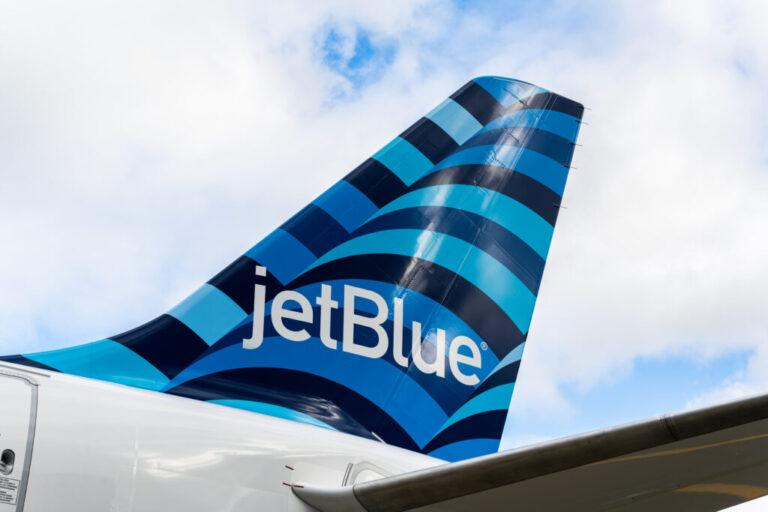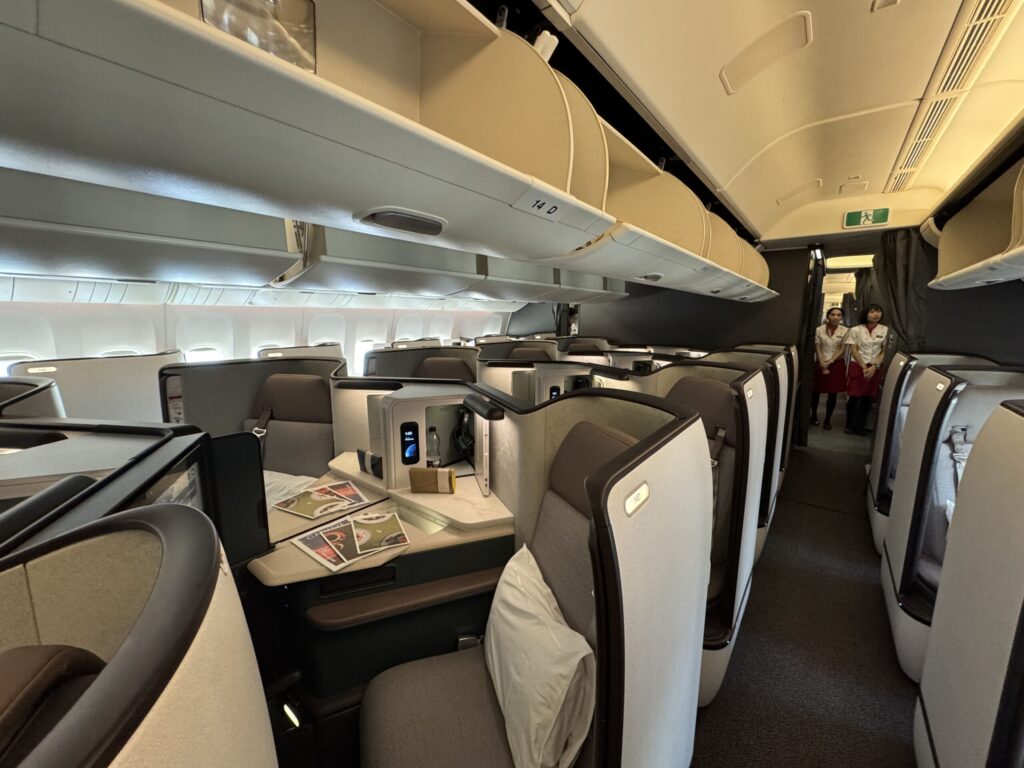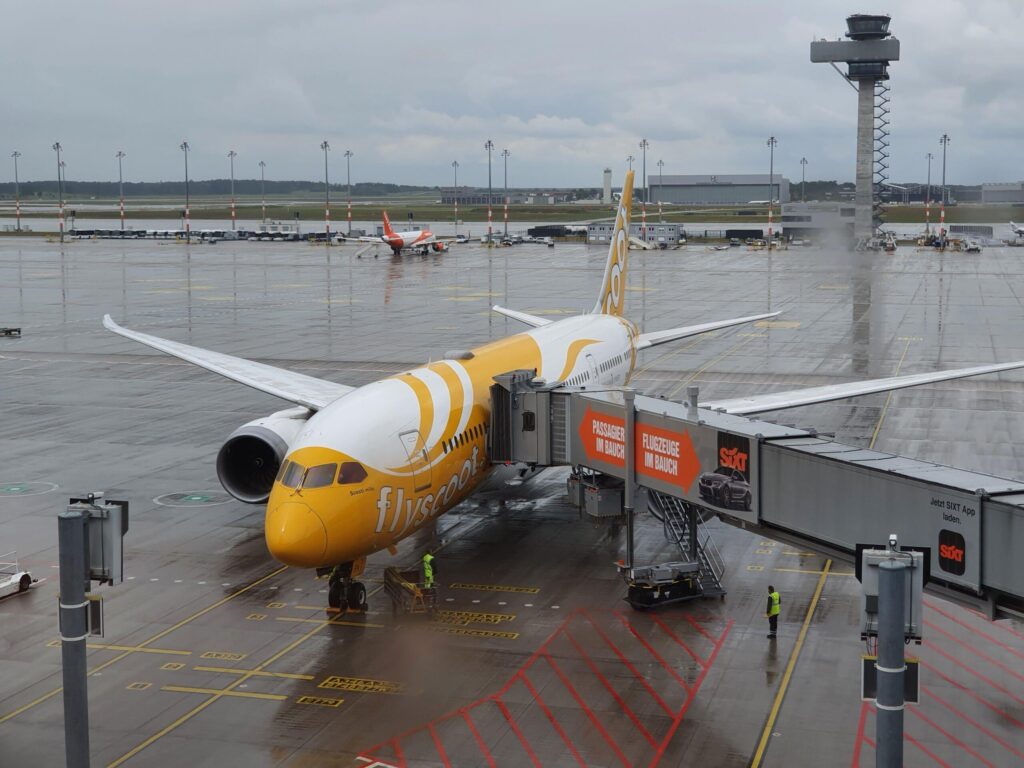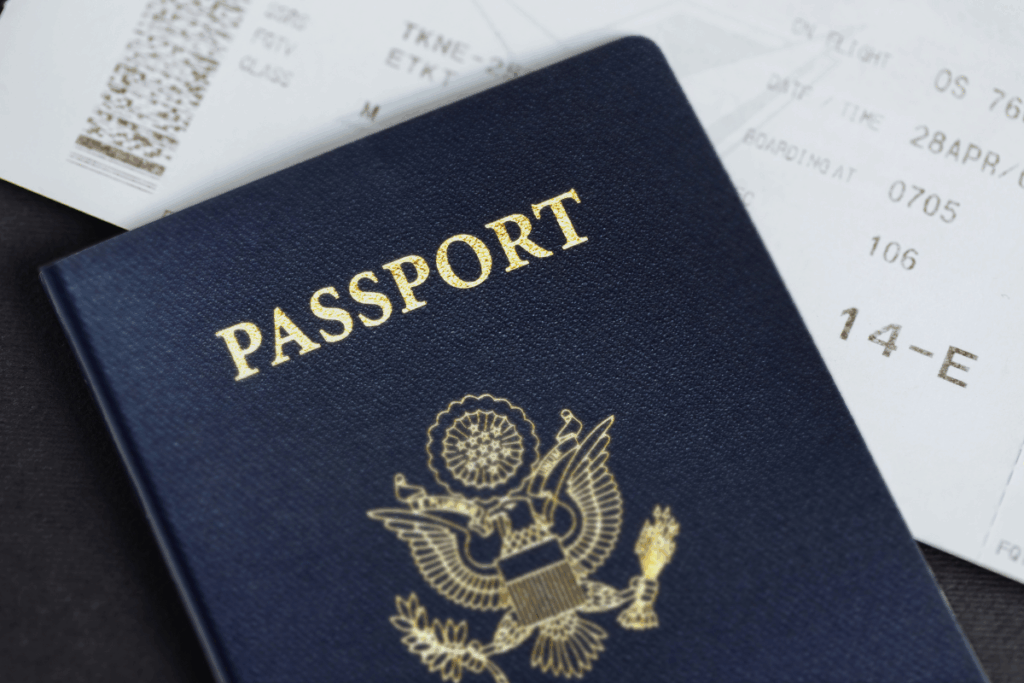
The Best Time to Book a Cruise: A Frequent Flyer’s Guide
I’ve spent countless hours poring over loyalty programs and mileage hacks, but when I shift my focus to cruising, timing stands out as a powerful tool. Whether I’m chasing an off-peak bargain or a bucket-list summer itinerary, I’ve noticed how cabin type, seasonality, and overall demand can make or break the final price. It’s a dynamic puzzle that never fails to surprise me: sometimes fares drop without warning, and sometimes they climb faster than expected. Yet with a little research and flexibility, I’ve found I can tip the odds in my favor.
Why Booking Timing Matters
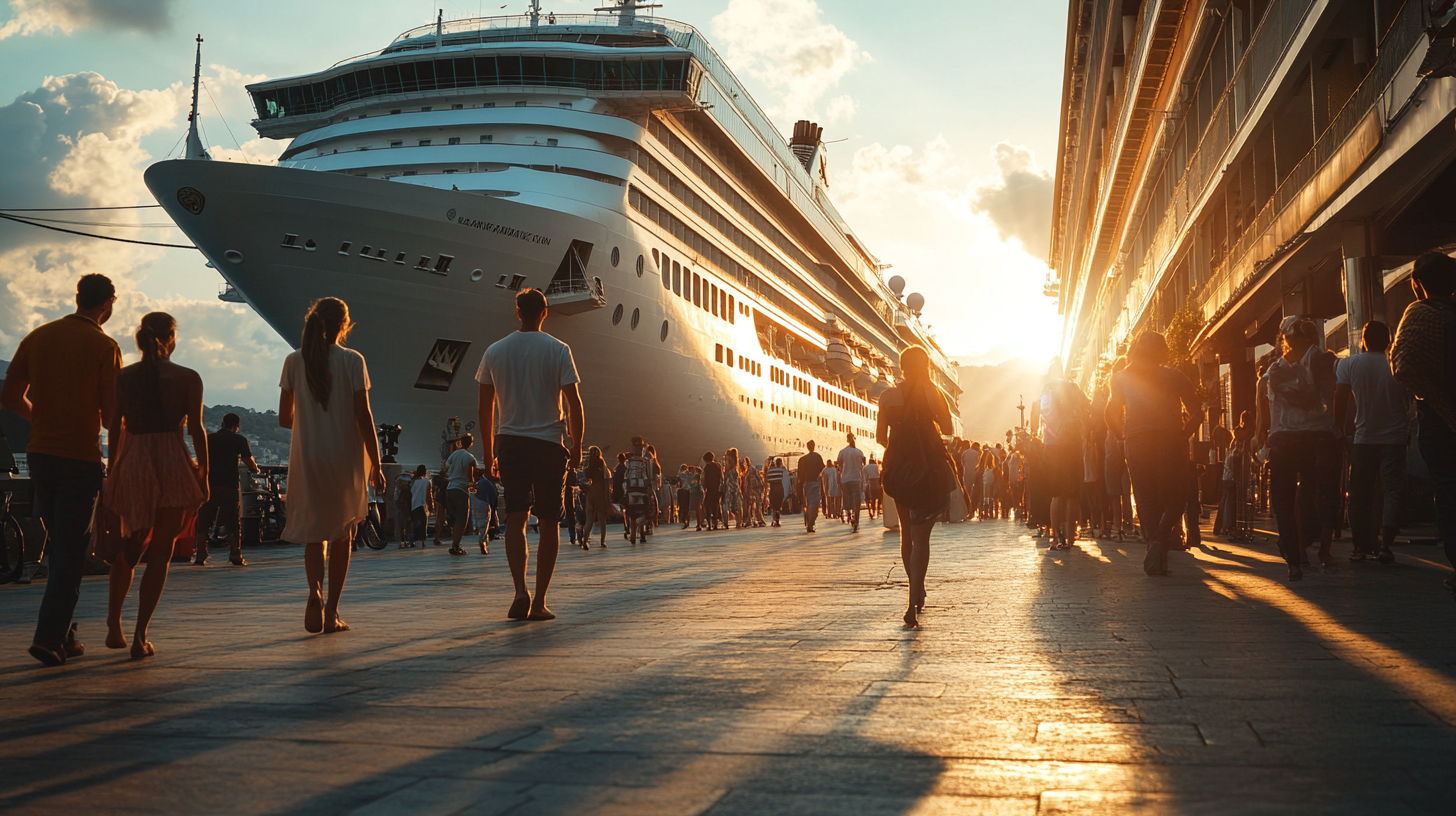
I’ve encountered many industry voices, such as Evie Carrick and Elizabeth Rhodes, who emphasize how cruise fares shift like the tide—rising when cabins start to sell out and dropping when there’s more space left. One study I read examined a 12-month span of Royal Caribbean bookings, finding a 42% increase in fares as departure dates drew closer. Balcony staterooms climbed by around 47%, while interior cabins jumped a smaller 35%. In my view, that spells out one thing: if you wait too long, you may end up paying significantly more without the cabin you originally wanted.
I’ve also noticed that summer sailings in the Caribbean often fill up in the blink of an eye, particularly with families looking to match school breaks. Alaskan itineraries, meanwhile, revolve around the April–October season. If I’m hoping for that prime balcony on a peak summer sailing, I know I need to jump in early or risk missing out. Alternatively, the quieter shoulder months can offer lower prices, fewer crowds, and a more laid-back experience in breathtaking locales.
Personally, I’ve seen firsthand how procrastinating can backfire. A couple of friends tried to book a Mediterranean cruise just weeks before departure, and while they managed to secure a decent inside cabin, balconies had more than tripled in price. According to a recent Cruise Critic survey, around 68% of travelers customarily book their cruise six months or more in advance. After watching countless last-minute price swings, I’m convinced that if you really have your heart set on a certain itinerary or stateroom, earlier is usually better.
Early Birds: Securing Rates and Cabins
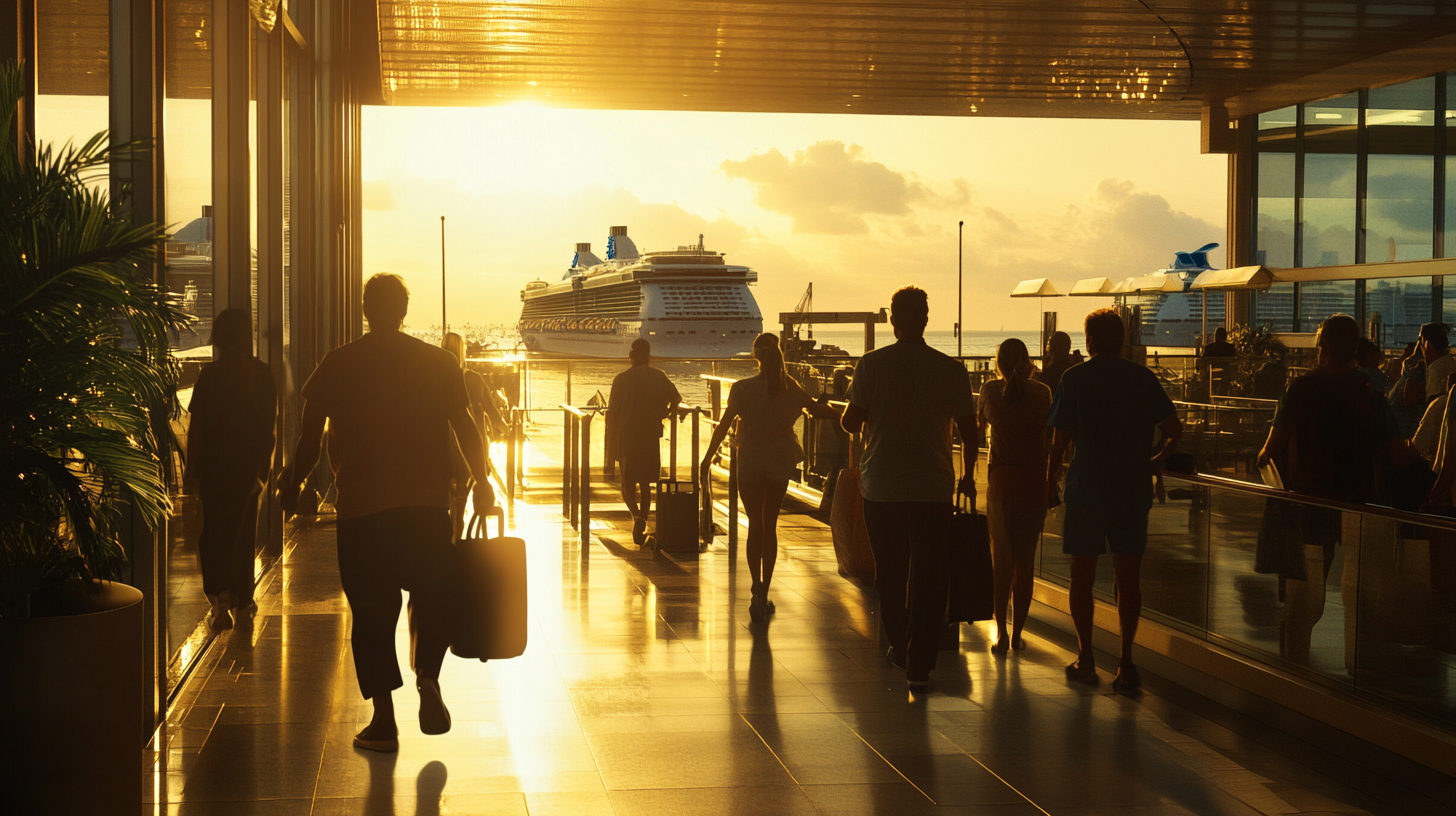
There’s a comforting sense of security when I book a cruise months—even a year or more—before setting sail. Many lines open up their itineraries about 6 to 12 months in advance, but I’ve seen brands like Virgin Voyages listing sailings 18 to 24 months ahead. This wider window helps me budget effectively and leverage flexible rebooking policies if my plans shift. Plus, I’ve often been rewarded with onboard credits or special dining perks simply for locking in a reservation early.
Securing a specific cabin is a big deal, too. If I’m eyeing a balcony near the spa or a premium suite, I know from experience that it could vanish quickly if I hesitate. Cruise lines occasionally entice early bookers with more than just freebies; some let me adjust the fare if prices drop before final payment. This sense of assurance is why I rarely wait once I see a rate and category I’m pleased with.
Often, I track fare fluctuations in a simple spreadsheet when a new season’s itineraries roll out. According to 2025 industry data, those who plan early and make the deposit as soon as they see a desirable promotion report higher satisfaction overall, citing better room choices and possible cost adjustments. In my own experience, scoping out prices—even casually—can yield a satisfying balance between budget and anticipation.
Early bookings don’t mean limiting yourself to obscure trips, either. I’ve found that more mainstream routes, such as a Mediterranean circuit, become available well in advance, sometimes with introductory rates that are surprisingly tempting. It’s during those early-bird windows that lines often offer substantial perks. Jumping in fast can feel like winning a travel lottery—complete with a top-notch stateroom and plenty of extras for the journey.
Wave Season and Holiday Promotions
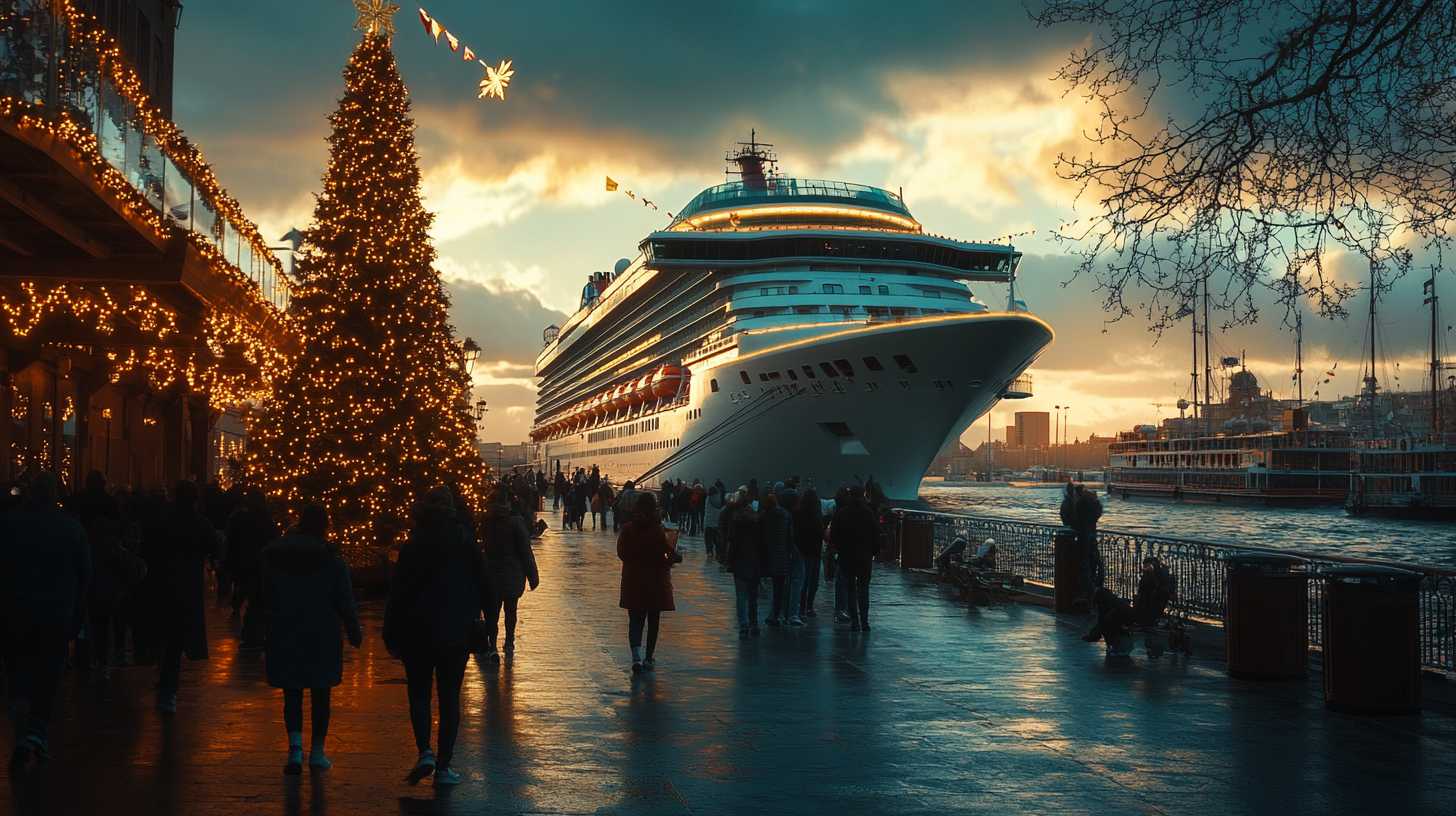
From my perspective, Wave Season (January to March) is the industry’s grand showcase of deals. I’ve seen offers that combine reduced deposits, free beverages, upgraded staterooms, and extra onboard credits. Just last year, I stumbled upon a Baltic cruise deal packed with so many perks I felt like I hit the jackpot. Wave Season is exactly when many cruise lines strive to fill up their bookings quickly, flooding the market with appealing promotions.
Holiday periods like Black Friday, Cyber Monday, and Travel Tuesday often rival Wave Season’s best offers. I set up multiple email alerts so I won’t miss time-sensitive fare reductions or add-ons like free Wi-Fi or specialty dining. I vividly recall one cyber sale that dropped the deposit to a mere dollar—covering a route I’d been eyeing for months. If you’re looking to save, having your itinerary pegged down before the rush means you can pull the trigger the moment a promo hits your inbox.
According to a 2024 report, up to 40% of cruise bookings occur during Wave Season, underscoring just how pivotal those months can be. With so many lines competing fiercely, it’s often a golden opportunity for those of us who watch prices year-round. Holiday promotions can surpass even Wave Season deals if you’re patient. Once, a Christmas campaign offered a “One Dollar Deposit,” and that memory still drives me to keep an eye on holiday sales. My takeaway has always been: know your desired sailing well in advance, so if an amazing promotion appears, you won’t hesitate.
Overall, I’ve learned to treat Wave Season and holiday promos as prime booking windows. Sure, it requires combing through newsletters, websites, and sometimes a bit of luck. But it’s worth every moment when a robust deal lands you a dream cruise at a fraction of the usual cost.
Last-Minute Deals: High Risk, High Reward?

Occasionally, I’m tempted to hold out in hopes of scoring a last-minute offer, but I’ve learned it’s not always worth the gamble. Once, I stretched my luck on a Caribbean itinerary, snagging a cheap fare only to end up in a windowless inside cabin. For some, that’s fine, but if I’m eager for an ocean view or a balcony to soak in sunsets, the odds are slim I’ll land that last-minute upgrade at a bargain price.
In popular destinations, such as the Mediterranean or Alaska, last-minute discounts are even less common now that cruise lines use advanced pricing algorithms. According to late-2024 analytics, most operators adjust fares in real time, slowly increasing prices for trending voyages rather than dropping them at the finish line. Every so often, there’s an exception—particularly with off-peak or niche routes. But I’ve noticed those golden opportunities tend to disappear quickly, often claimed by flexible travelers who can pick up and go at a moment’s notice.
I’ve heard success stories about people who found unbelievable deals just 48 hours before departure, but they were usually open-minded about cabin type or itinerary. If I’m truthfully set on a specific date or route, last-minute hunting can backfire. Also, I have to factor in airfare when booking late; flights can cost considerably more if purchased within two weeks of departure, eating up any savings from a lower cruise fare. Having experimented a few times, I embrace last-minute bookings only when my schedule is wide open—and I keep my expectations in check.
All told, last-minute deals can be a thrill, but they’re generally not something I’d rely on for a special occasion or a high-priority itinerary. Balancing spontaneity with practicality is key, and that means doing quick math on flight costs versus the handy discount on a leftover cabin. If it doesn’t add up, I’d rather plan well ahead for a sure thing.
Seasonal Insights: From the Caribbean to Alaska
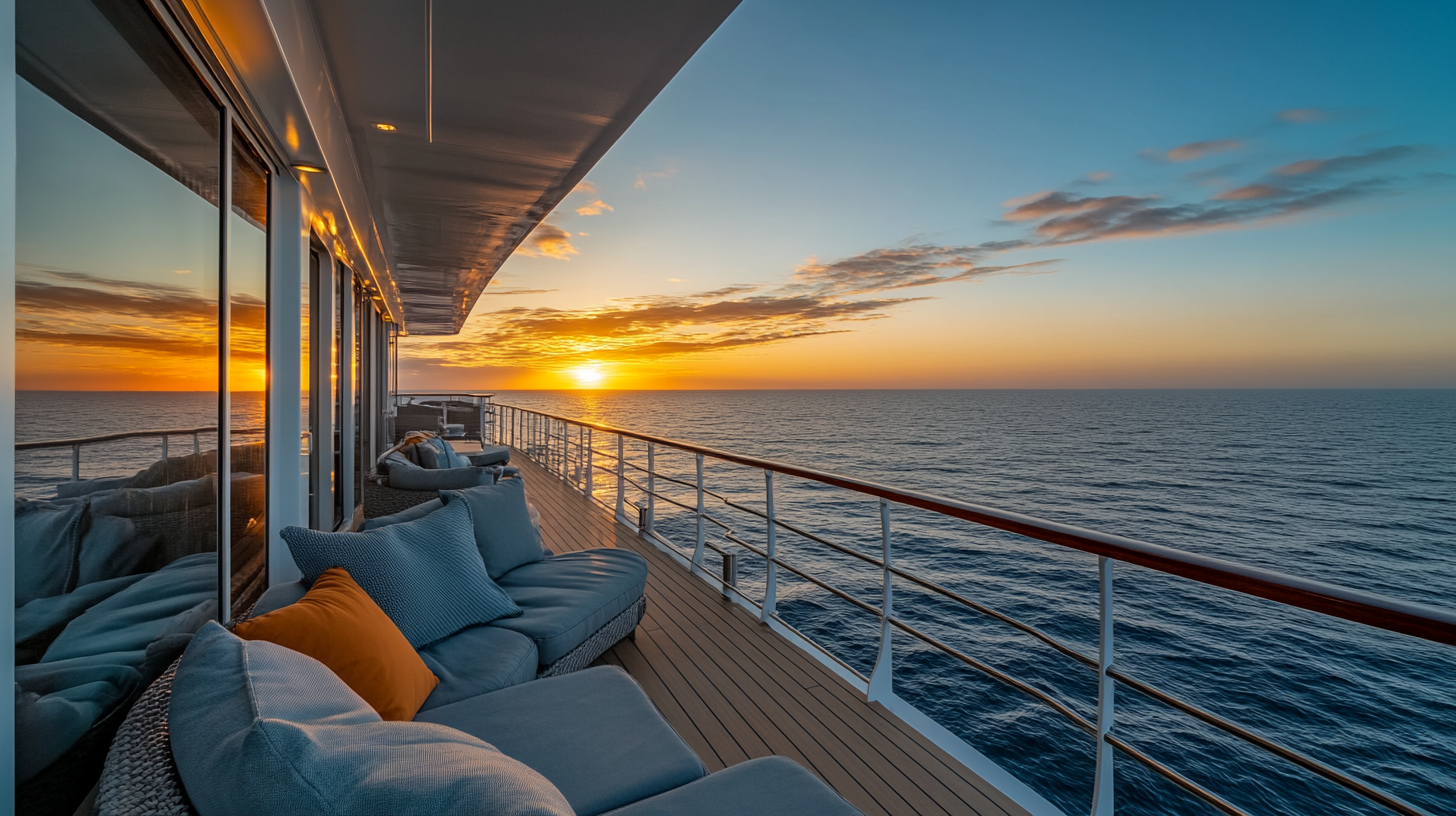
Throughout my cruising adventures, I’ve noticed how the calendar plays a massive role. The Caribbean is a favorite winter escape for me, especially when my hometown is frosty. However, if I travel around Christmas or spring break, fare jumps, queues at the buffet, and fully booked excursions await. In contrast, I’ve found that late summer or early fall can turn up cheaper fares, though hurricane season brings its own potential curveballs.
Alaska, on the other hand, is breathtaking but brief in its cruise offerings, generally running from April through October. Booking an early-season (May) voyage, I enjoyed a quieter ship and cooler temperatures, which made for serene glacier watching. Going mid-summer gave me nearly endless daylight—absolutely enchanting, but it also came with steeper prices and busier ports. I’ve concluded that if I’m set on prime wildlife viewings or calmer seas, I’ll line up my timing accordingly and anticipate that it might cost a bit more.
Local events also matter. Some Caribbean islands host lively carnivals or festivals that spike demand—and therefore prices—right around key dates. In Alaska, the salmon run or whale migration can influence both crowds and fares. I recall once booking a late-June Alaskan sailing specifically to witness the famous salmon run. While it was unforgettable, the ticket price was notably higher than earlier or later cruises. Weighed against the unique experience, though, I’d do it again in a heartbeat.
Ultimately, every destination has its seasonal quirks, and no single period is perfect for everyone. I’ve realized it’s crucial to align your personal must-haves—whether that’s fewer crowds, warmer weather, or a specific festival or nature event—with the season’s advantages and trade-offs. Planning around these nuances can transform an ordinary trip into something extraordinary.
Final Thoughts
I’ve come to see that there’s no one-size-fits-all answer to the “best time” to book a cruise. Some travelers thrive on the predictability of early planning, while others relish the thrill of last-minute deals. Ultimately, success in cruise hunting stems from knowing your priorities and keeping your eyes on both fare trends and flight costs. By doing so, you’ll uncover a booking window that perfectly balances value, cabin selection, and overall convenience.
Experience has taught me that research, patience, and a willingness to act quickly when the moment is right can make all the difference. Early birds may snag excellent rates and perks, but the most adventurous might still find hidden gems a few weeks before sailing. It’s all about discovering a sweet spot that aligns with your personal style.
Personally, I now aim for a middle ground—starting my research months in advance and pouncing the second a suitable promotion appears. It keeps things exciting, but I can still relax knowing my cabin preferences are secure. No matter what, knowledge and timing are valuable assets in the cruise booking game.
Sky Skylar’s Take
It’s become second nature for me to weigh the calculated approach of early booking against the intrigue of seeking out a last-minute score. After reading countless stories and following real-time promos, I’ve realized there’s rarely a single perfect booking moment. For me, it’s all about finding a price and itinerary that feel right and locking in before hesitation gets the better of me.
I genuinely believe that balancing planning with spontaneity keeps the spirit of travel alive. If it comes down to letting a deal slip or having the confidence to reserve at the right time, I’ll always lean on my research and that intuitive spark that says, “Yes, this is it.”
Check out more travel insights and frequent flyer tips by visiting us at BoardingArea.





